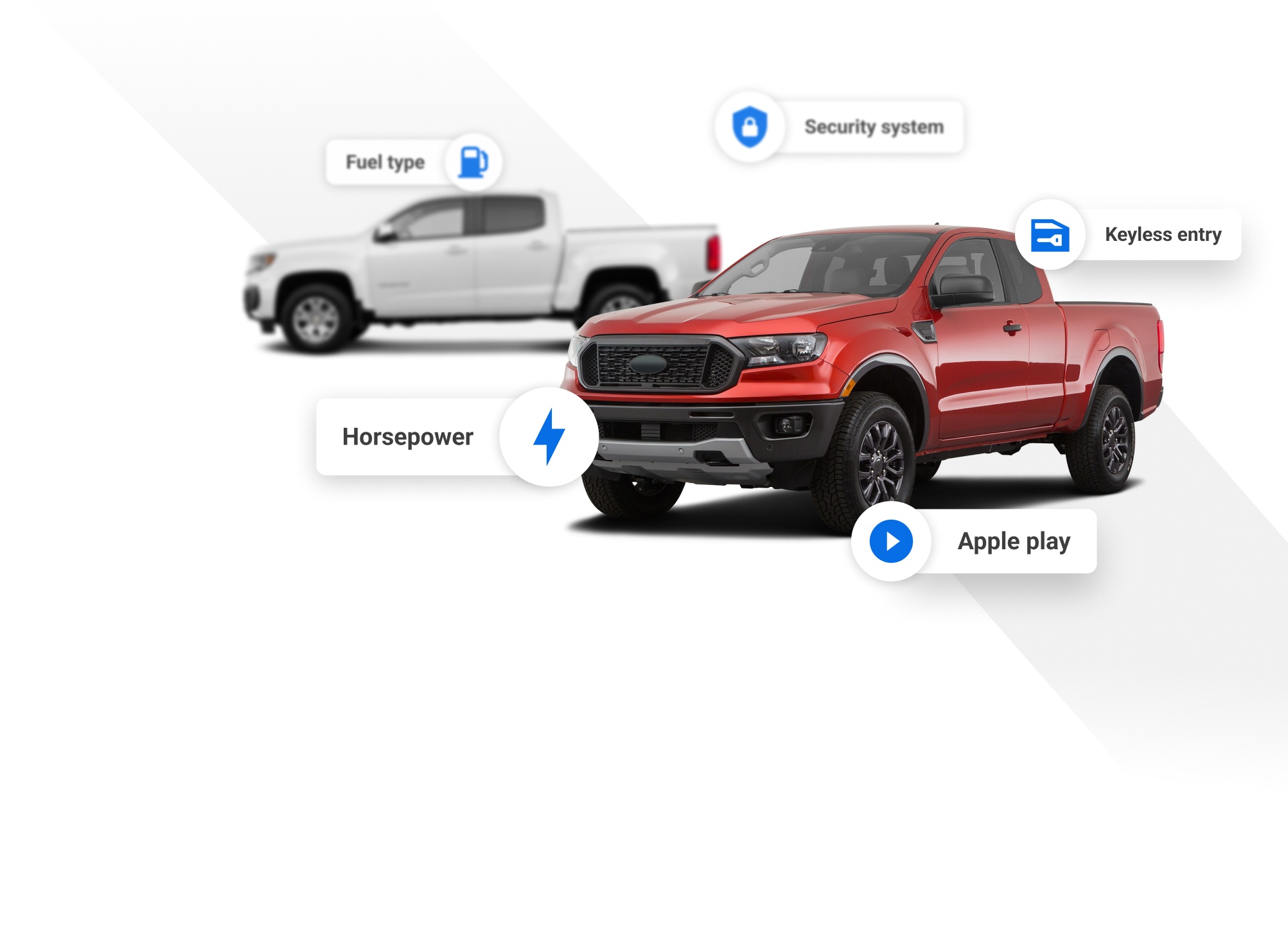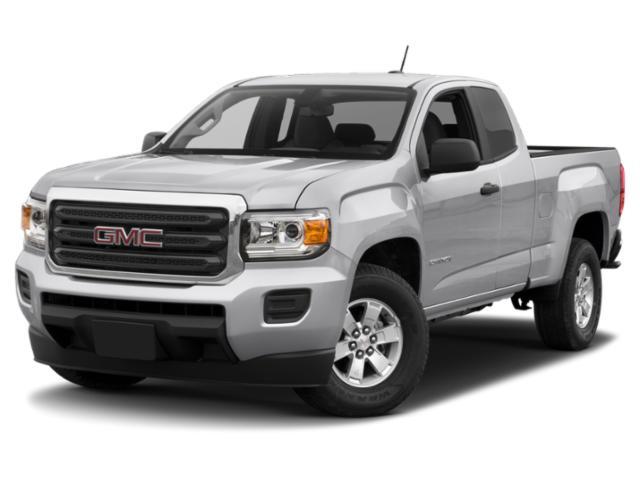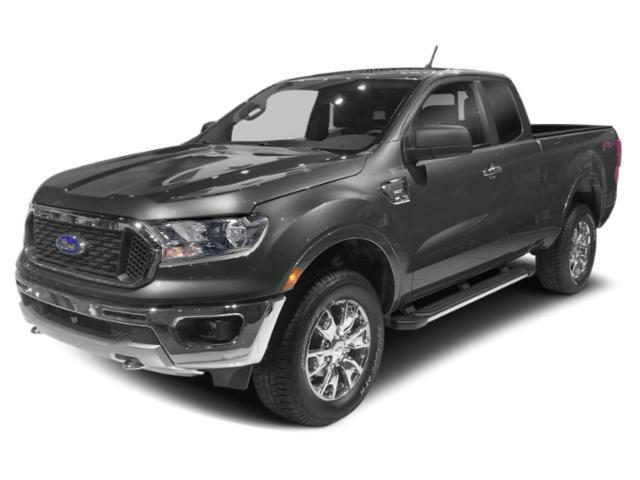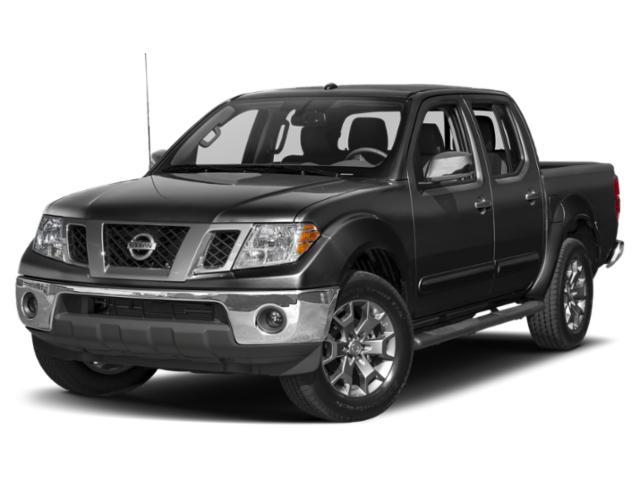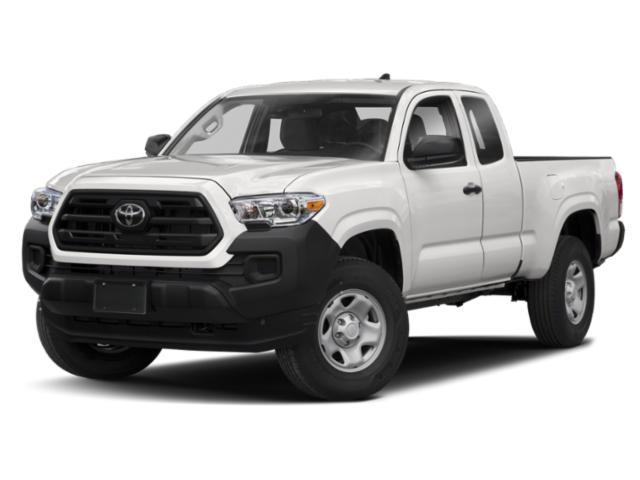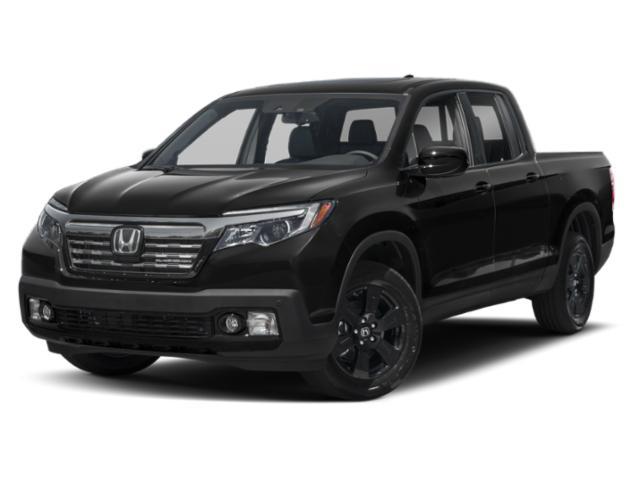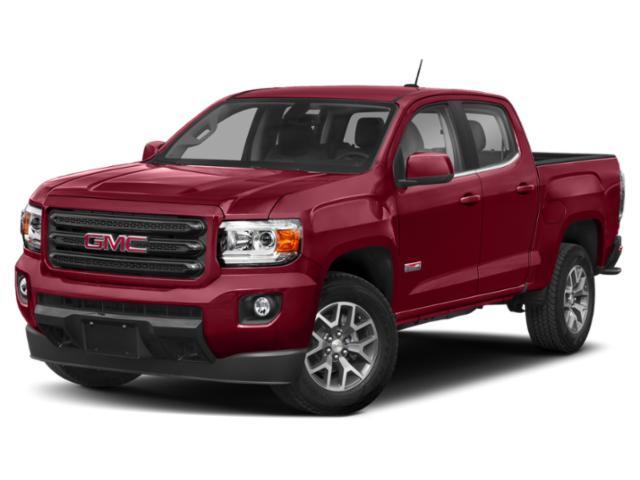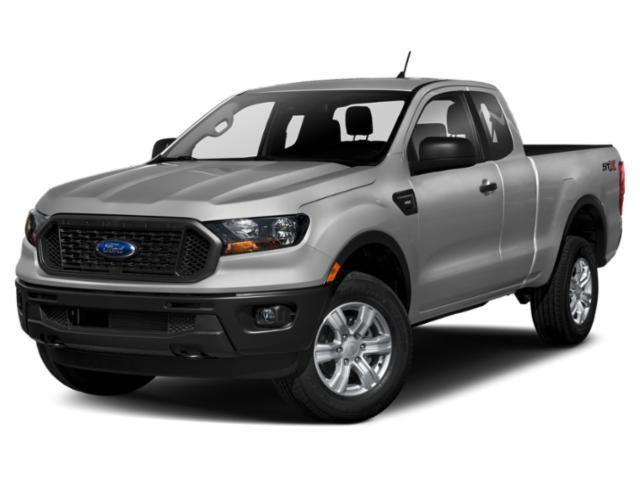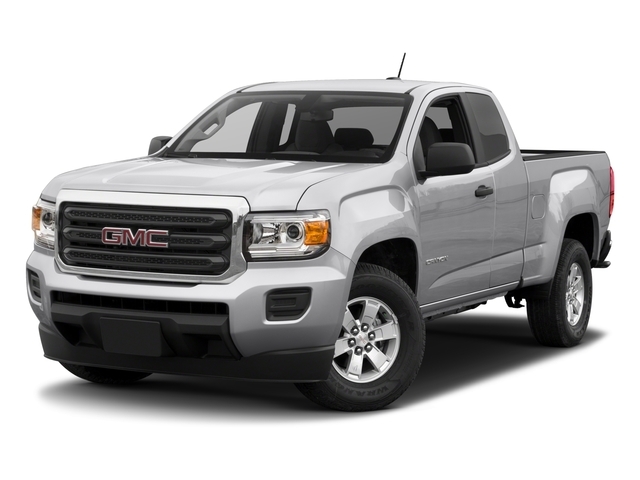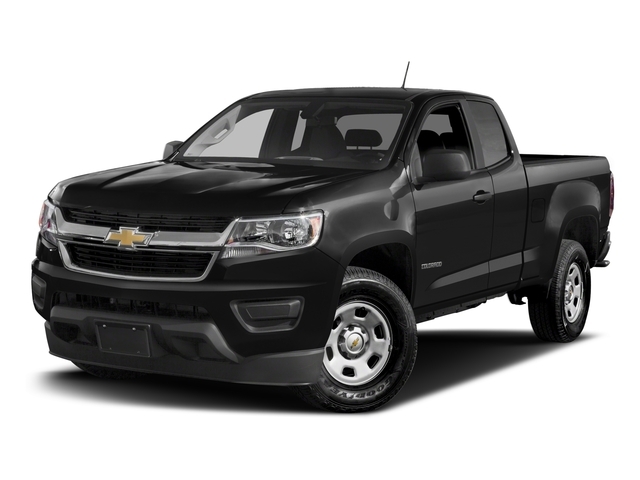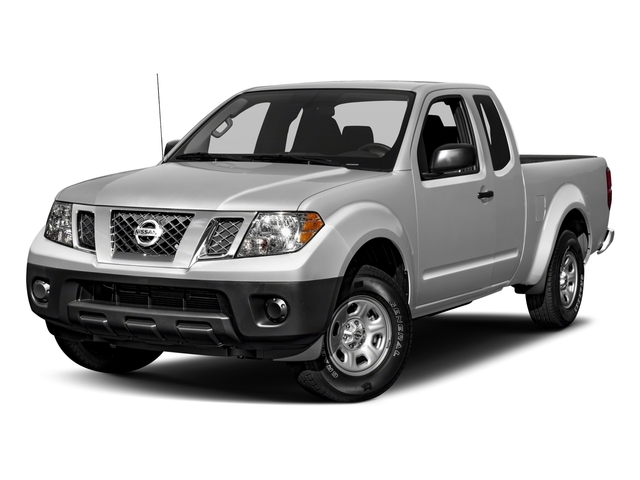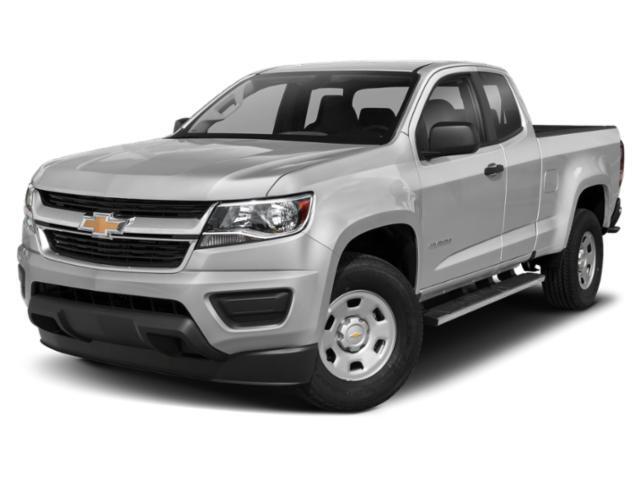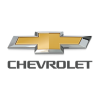
2019 Chevrolet Colorado

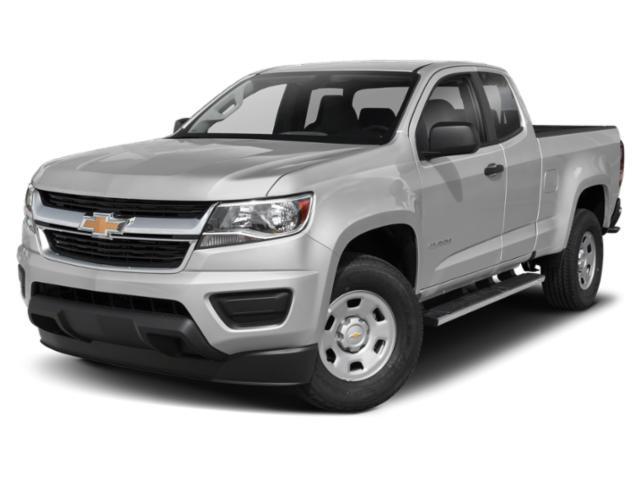
Key Specifications for 2019 Chevrolet Colorado






Buyer’s Guide
In 2017, pickup truck models made up nearly half of Canada's 10 best-selling new vehicles, proving demand for these utility vehicles turned daily drivers is not going away any time soon.
Granted, the mid-size Chevrolet Colorado is nowhere near the top 10 (those are all full-size models), but this more modestly-sized truck proved there are a lot of pickup buyers who appreciate the legitimate capability Chevrolet wraps up in the Colorado's smaller package.
In order to capitalize on that, Chevrolet has wrought a few changes for 2019, the most thoughtful of which are found in the cabin. There are new infotainment systems (no longer branded MyLink) accessed through 7.0- and 8.0-inch touchscreens, the larger of which boasts HD display properties.
Chevrolet has also replaced last year's pair of Type-A USB ports (the large type most of us are used to) with one Type A and one Type C, a smaller style that's purported to be the next industry standard. Both are located on the centre console, along with an SD card reader and an auxiliary input jack.
Other additions include a second microphone for the Bluetooth hands-free system located closer to the front passenger, and upscale trims get an HD backup camera, while entry-level grades stick with a standard camera.
New features include rear park assist (now an option in the WT (work truck) and LT trims with the safety package and standard in Z71 models) and a heated steering wheel in models fitted with the luxury package.
As before, the Colorado can be optioned with three different engines. Base models use a 2.5L four-cylinder that makes 200 hp and 191 lb-ft of torque and is the only powerplant that can be matched with a six-speed manual transmission. A 3.6L V6 (308 hp/275 lb-ft) comes with an eight-speed automatic, and a 2.8L diesel (181 hp/369 lb-ft) comes with an exhaust brake feature and a six-speed automatic.
While the Colorado impresses with a nearly 3,500-kg towing capacity that rivals some full-size trucks, its best feature in our books is a comfortable cabin that feels much roomier than that of the Toyota Tacoma, which is actually a more recent design.
Chevy offers the Colorado in extended or crew cab models. Extended cab trucks come in two or four-wheel drive, with a 6'2" box. Crew cabs have both drive choices and get either the 6'2" box or a shorter 5'1" bed. The extended cab is available in base, WT, LT, and Z71 trims, and crew cab is available on WT, LT, and Z71.
The base trim has 16-inch steel wheels, a chrome rear bumper, driver information display, air conditioning, and power windows and locks. The seats and floor covering are vinyl, but the seats have power adjustment.
Colorado WT models with the V6 have a full-size spare tire, and all WT models have cloth seats and carpeting.
LT trim adds an electronic transfer case to 4x4 models along with 17-inch alloys, active grille shutters, and power exterior mirrors. Inside, there is a multi-colour driver info display, overhead console, leather steering wheel on a tilt and telescoping column. Cruise control is added, along with OnStar 4G LTE with Wi-Fi hotspot. The optional safety package on LT, which we referenced up top, adds forward emergency braking and lane departure warnings.
The Z71 trim level adds an off-road suspension package with locking rear differential. It has hill descent control and underbody shields for better off-road capability. The tailgate has a mechanism to make it easier to open and close. The rear window adds an electric defogger and now opens. There is also remote start, automatic climate control, and leatherette seats with heated front buckets.
Finally, the ZR2 model is designed for serious off-road use. It has trick Multimatic shocks that cushion harshest impacts. The V6 is standard, but the Duramax diesel and its 369 lb-ft of torque is optional. The ZR2 is 90 mm wider and 50mm taller to help improve off-road capability. Underneath there are tubular rockers and skid plates to help protect the undercarriage. Finally, to let you know it's a ZR2, there is a huge hood scoop along with massive wheel flares.
Fuel consumption estimates are 11.9/9.2 L/100 km (city/highway) with the four-cylinder and RWD, and 12.6/9.8 with 4WD. V6 trucks with RWD are rated 13.4/9.6 and 4WD takes those figures up to 14.1/10.0. Finally, the diesel engine is rated 10.8/8.0 with RWD and 12.1/8.3 with 4WD. The less-aerodynamic ZR2 model's estimates are 12.5/10.7 with the diesel and 15.0/13.0 with the V6.
Review & Compare:
Photos

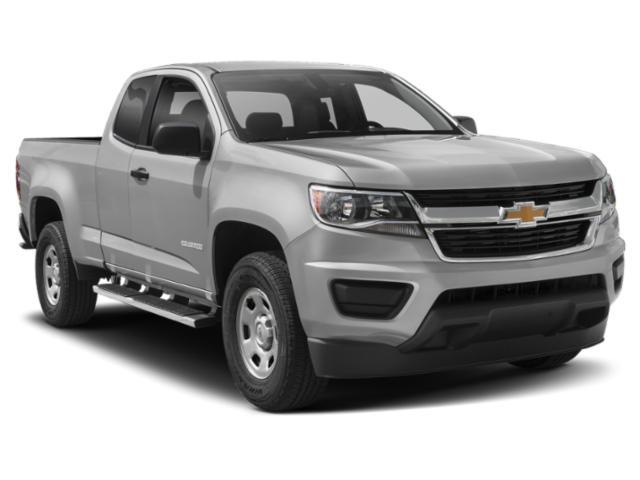
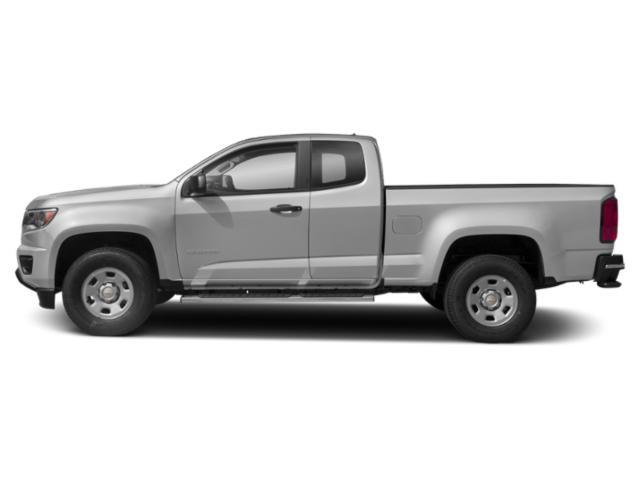
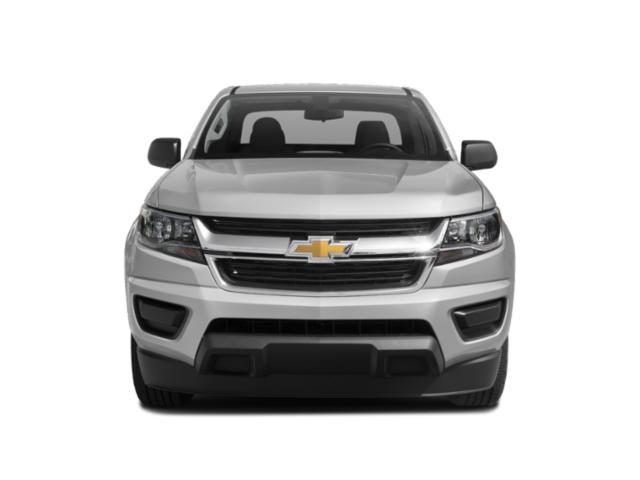
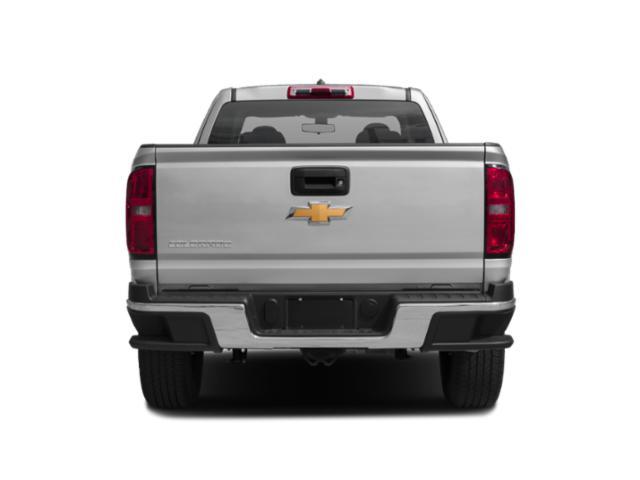
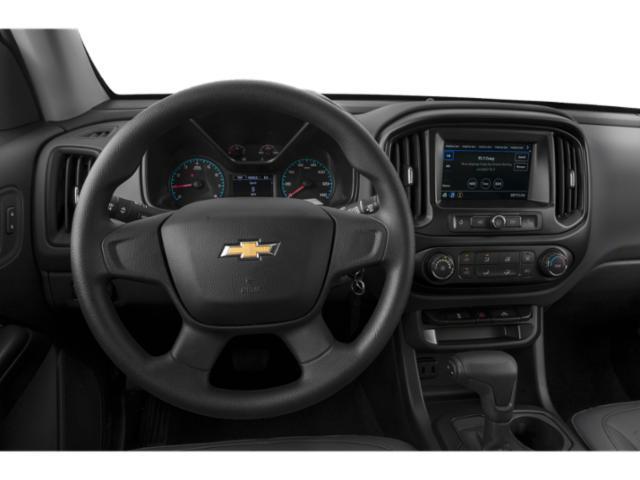
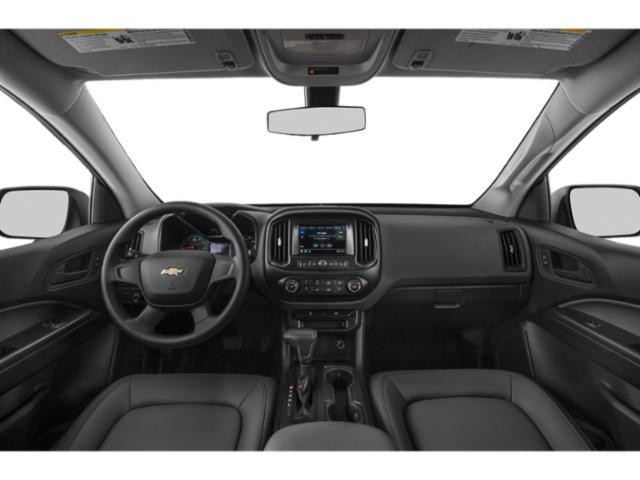
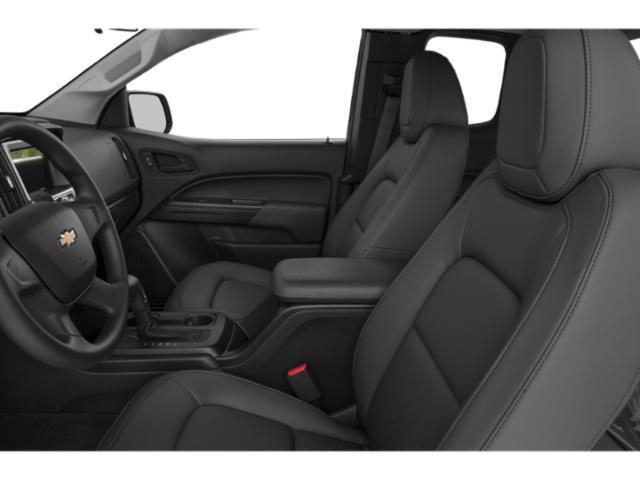
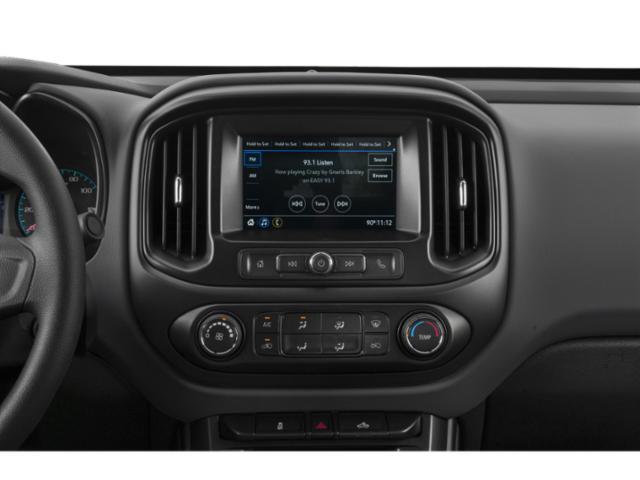
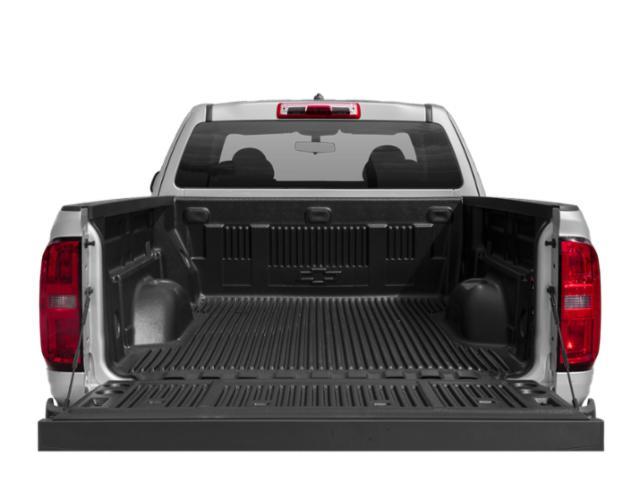
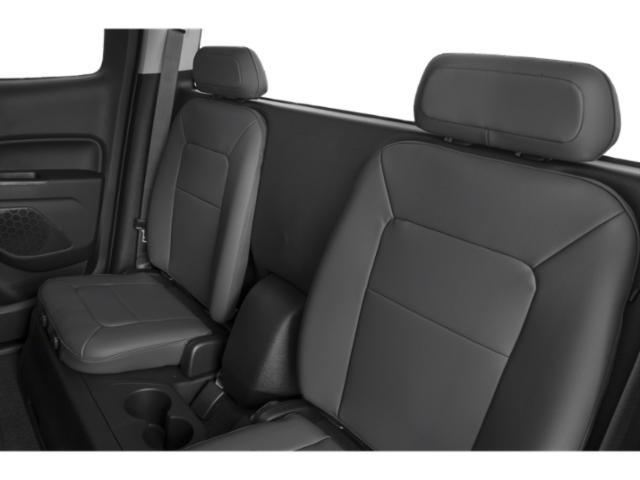
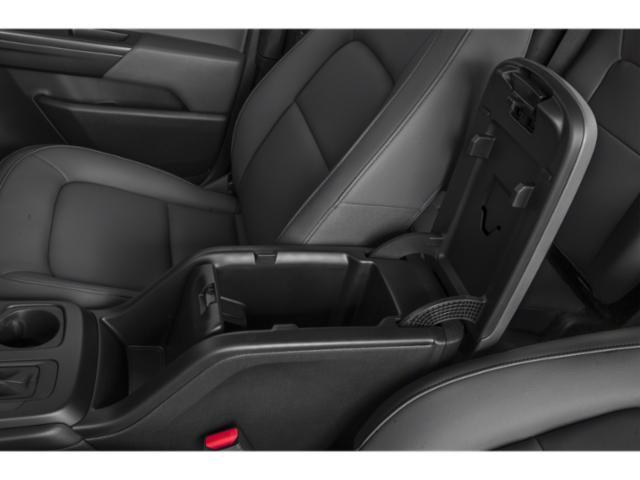
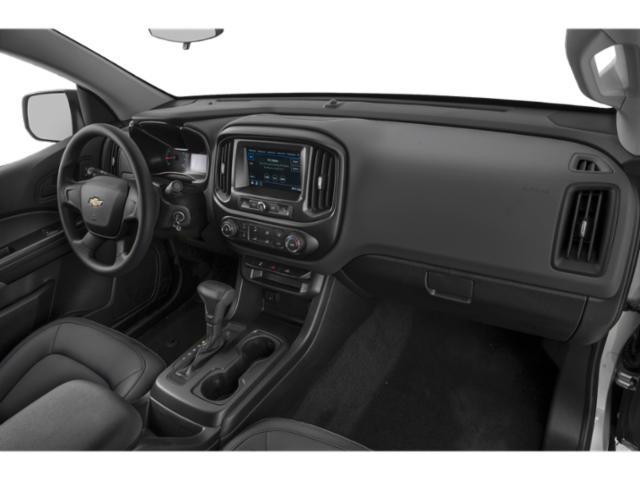

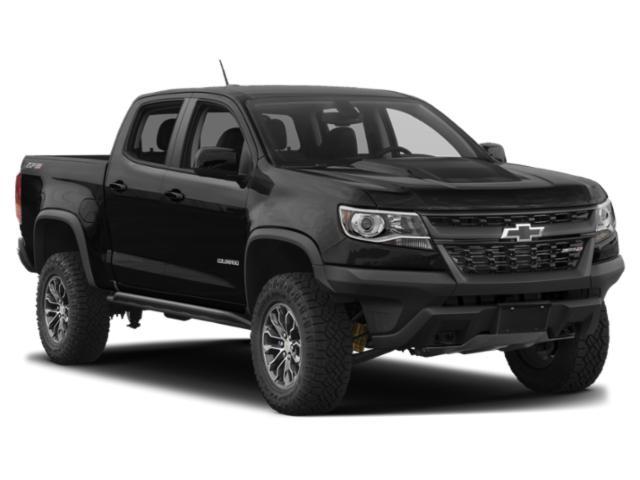
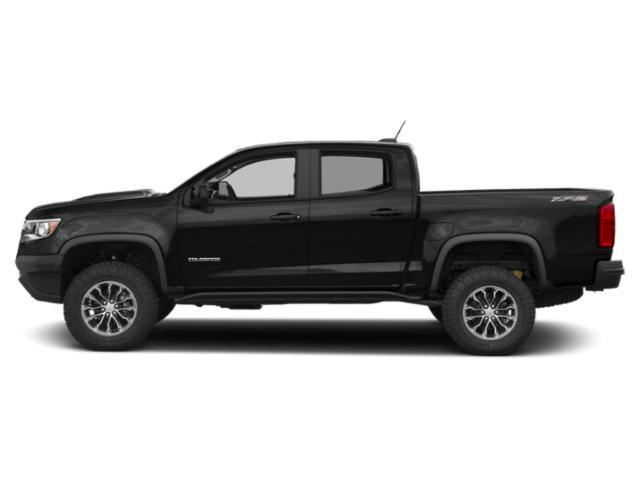
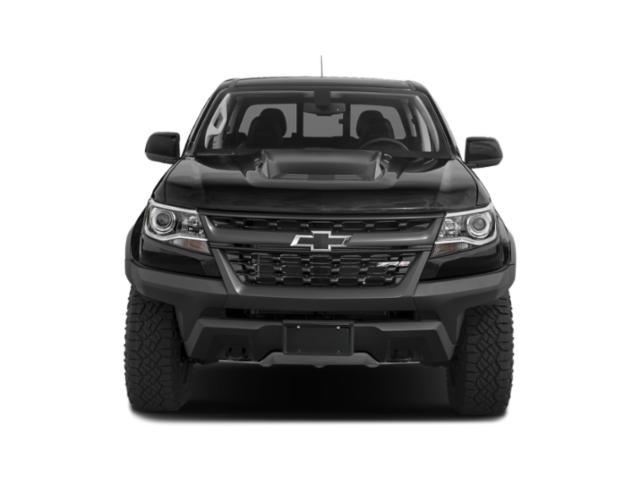
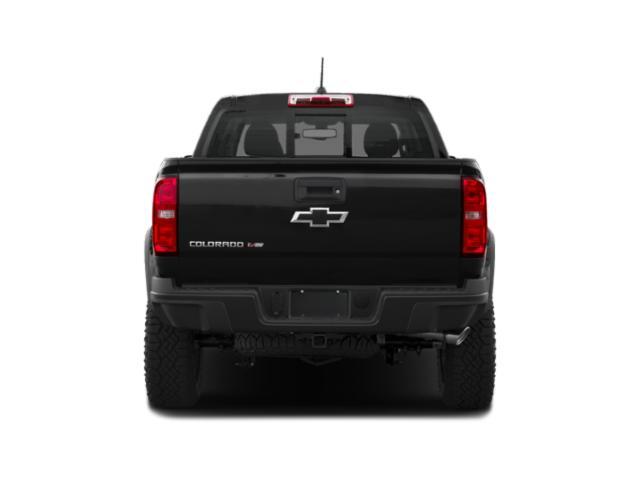
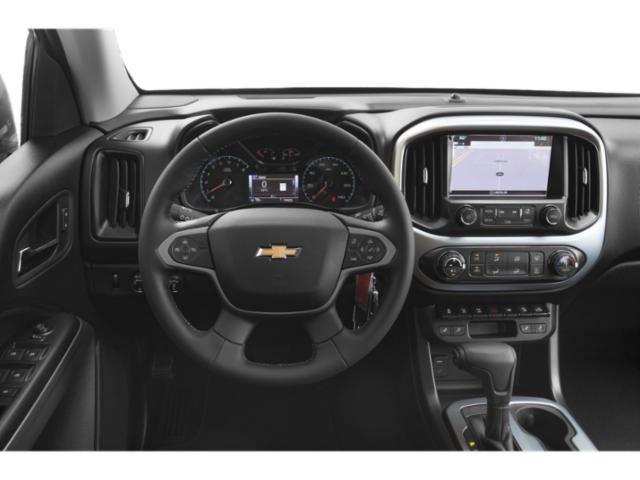
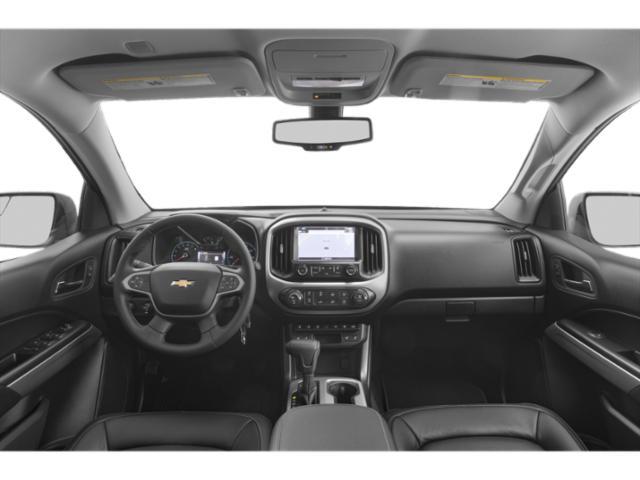
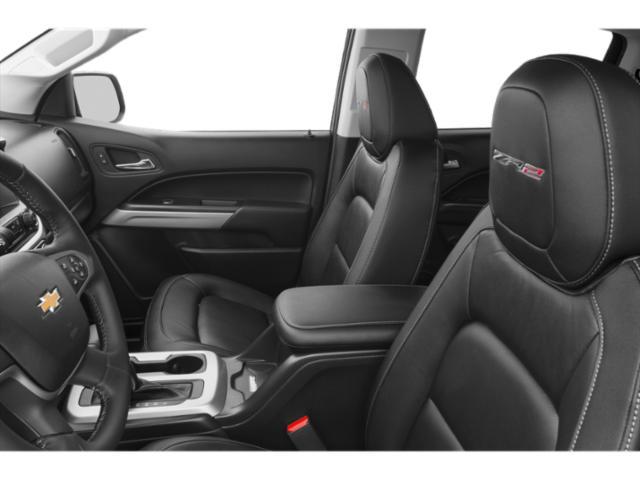
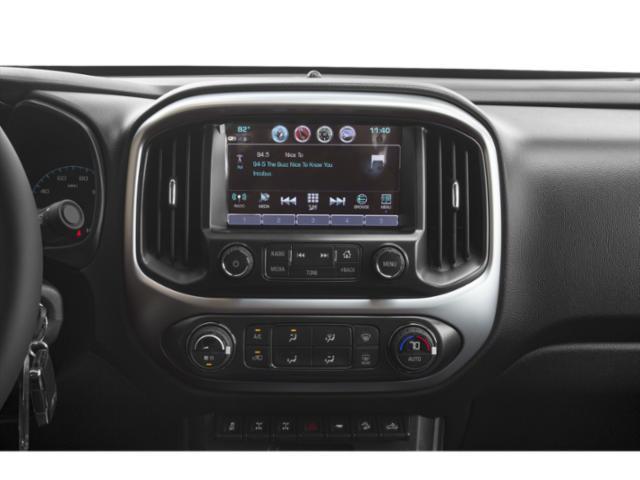
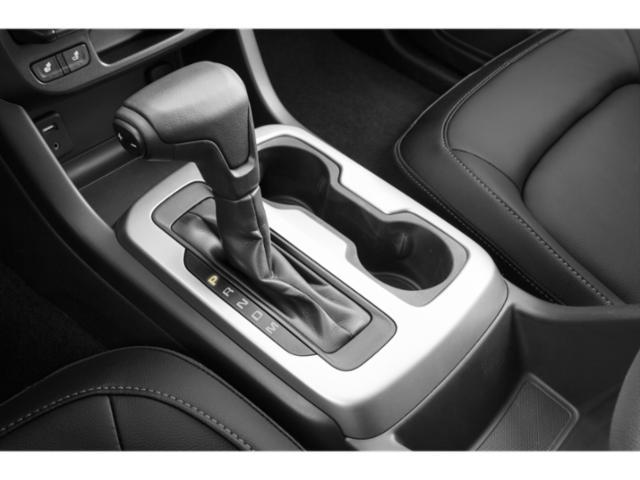

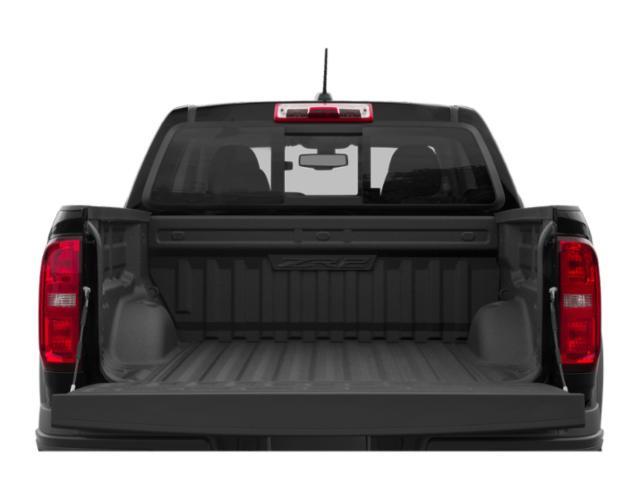
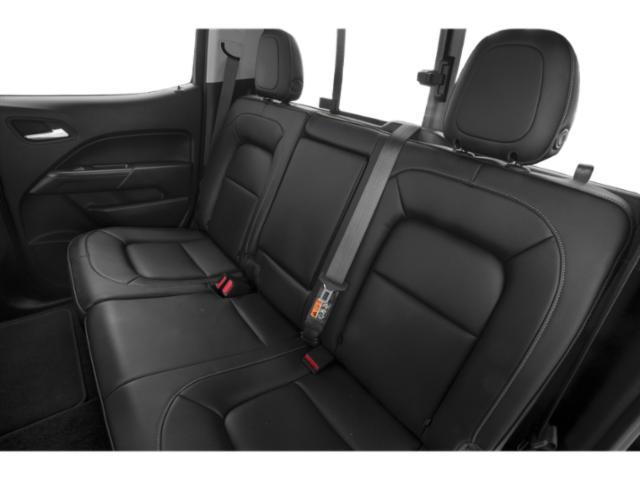
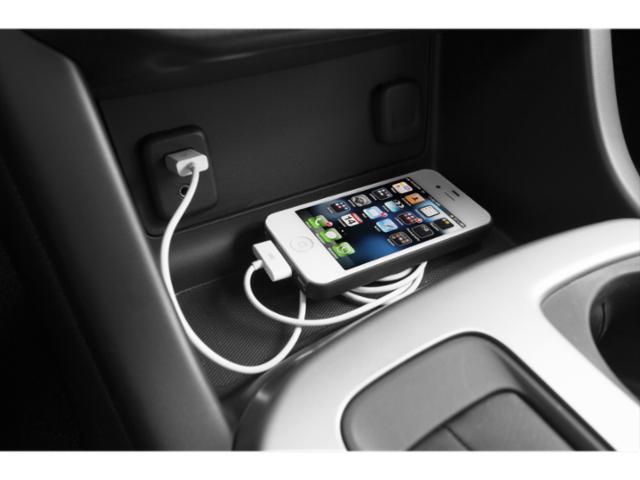
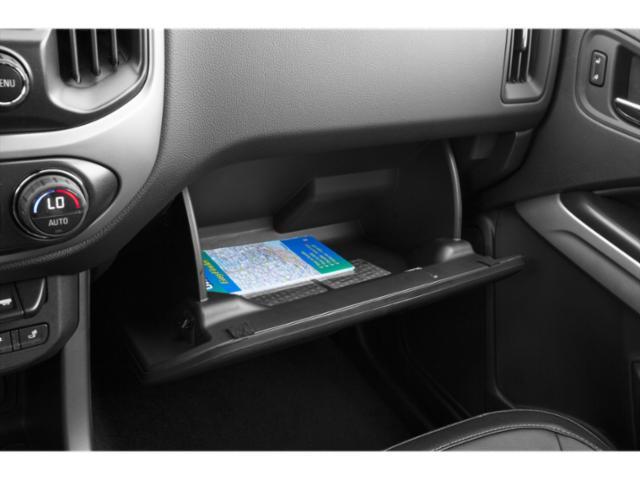
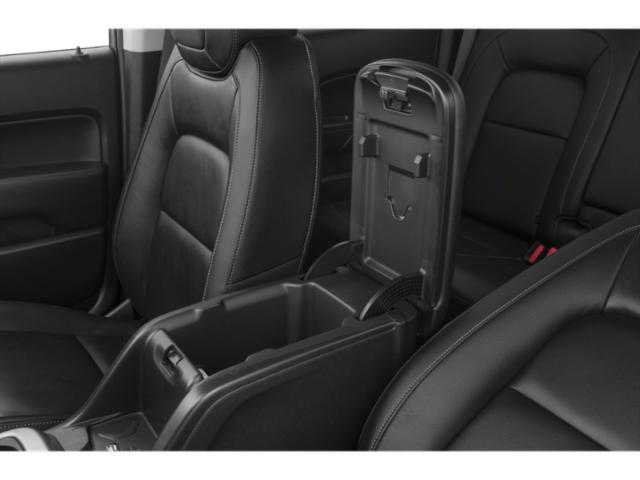

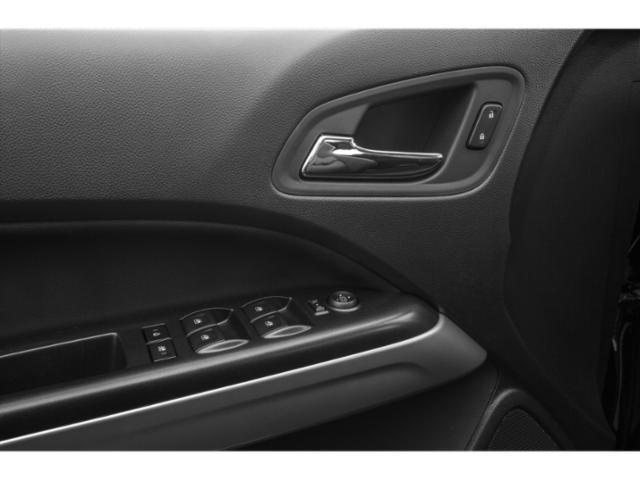
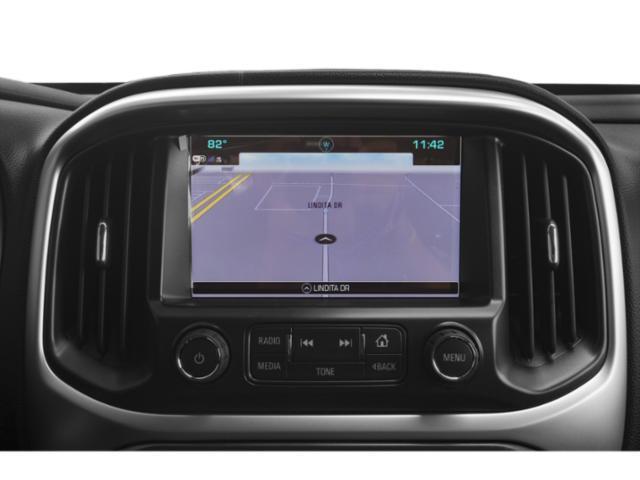
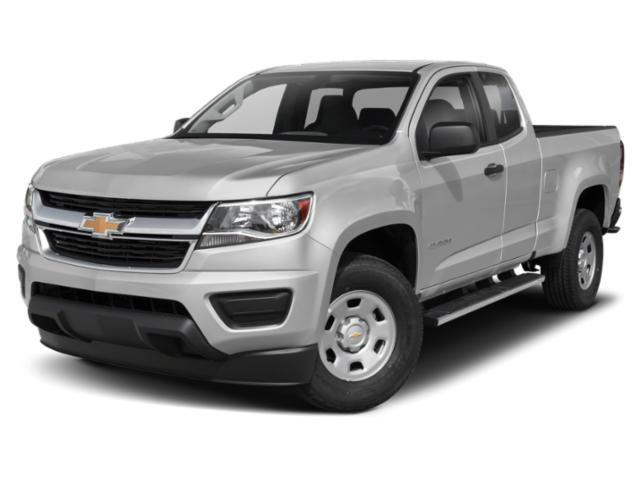
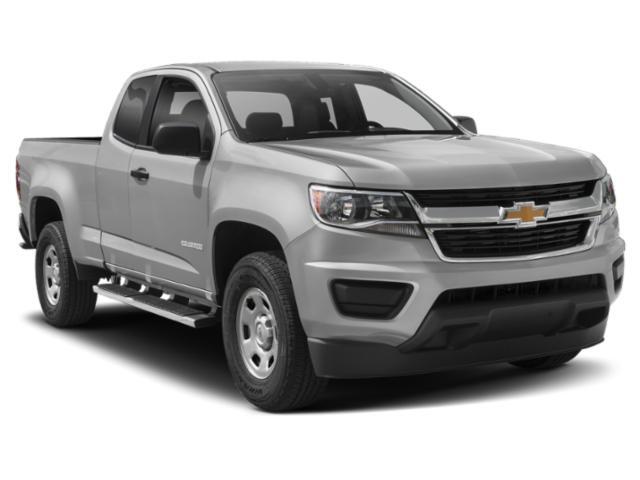
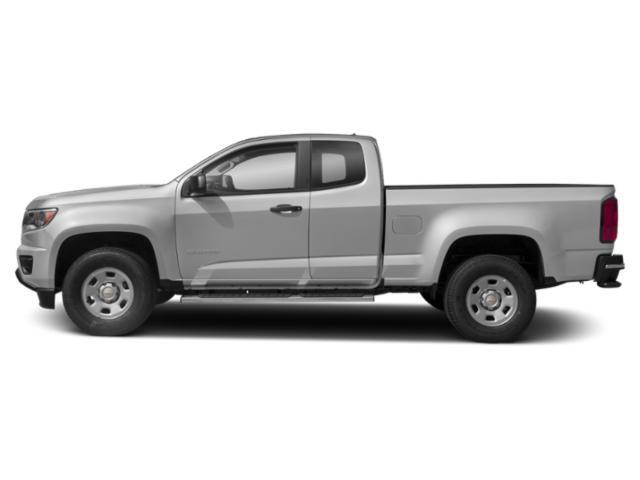
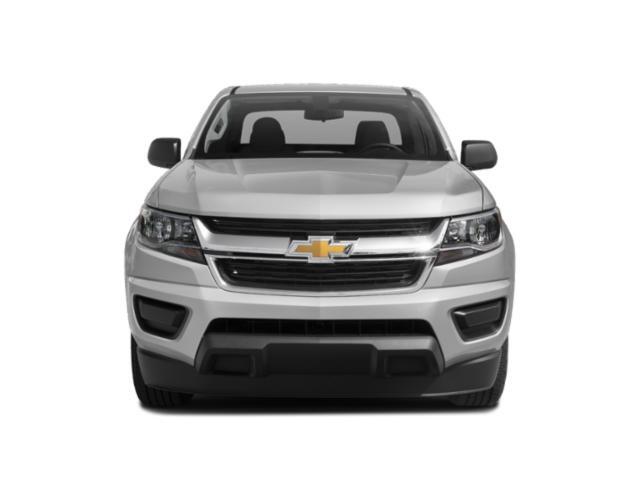
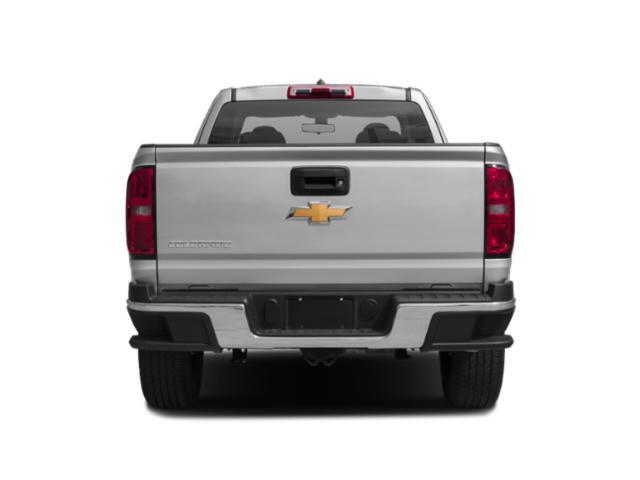
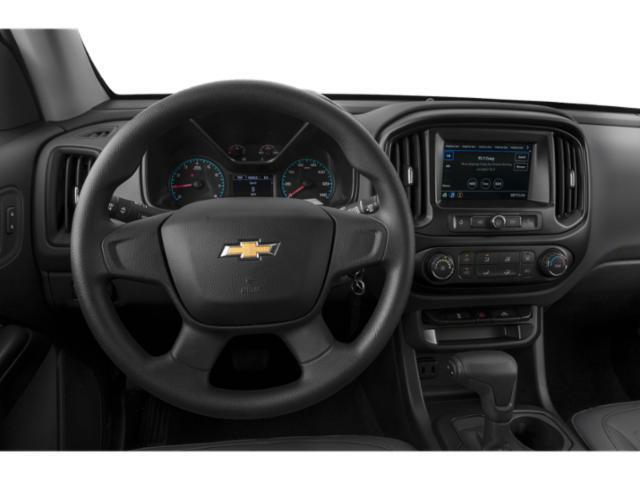
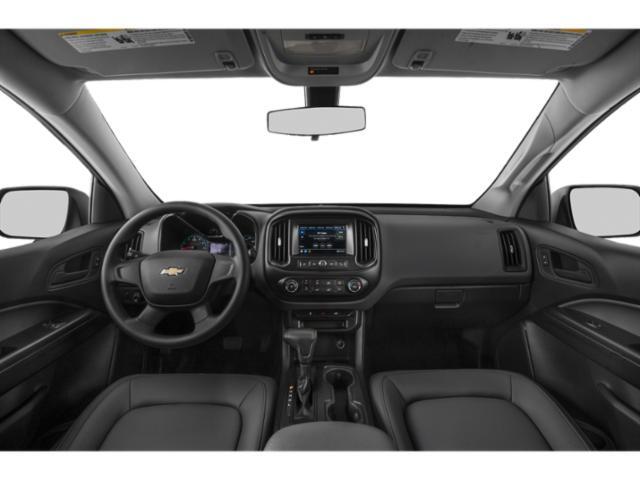
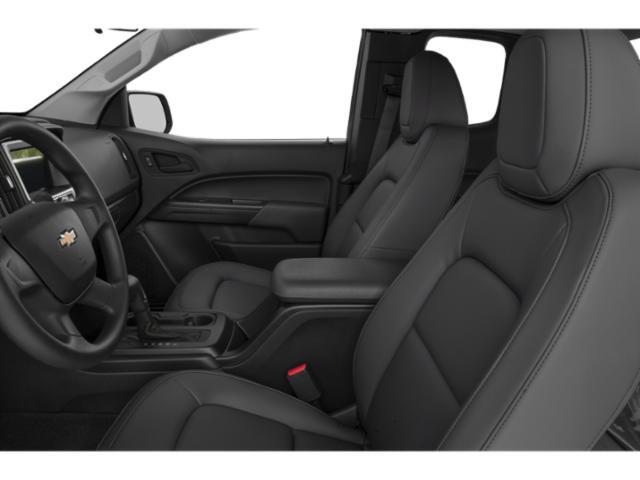
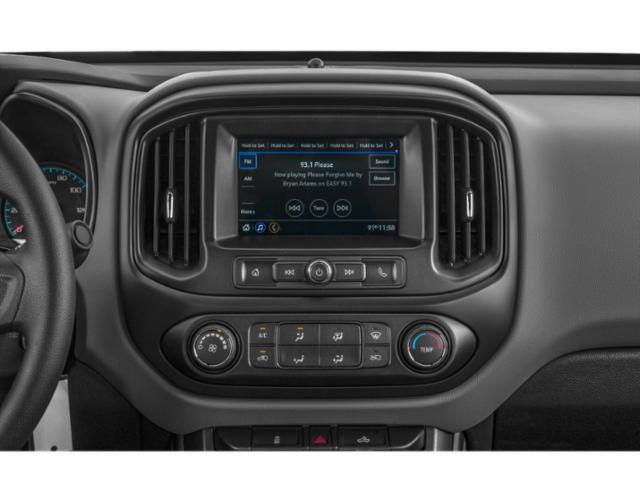
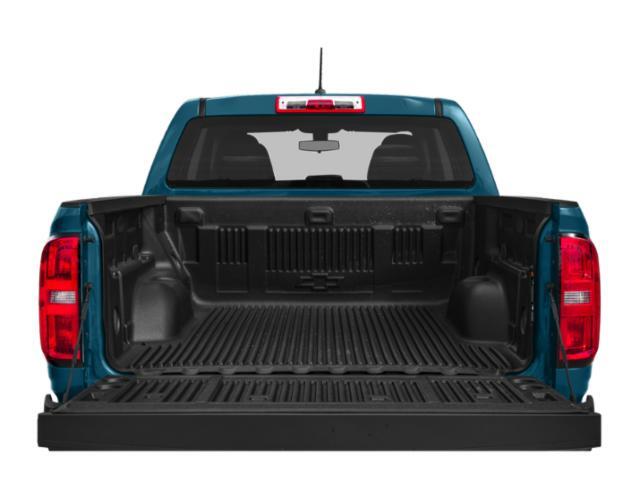
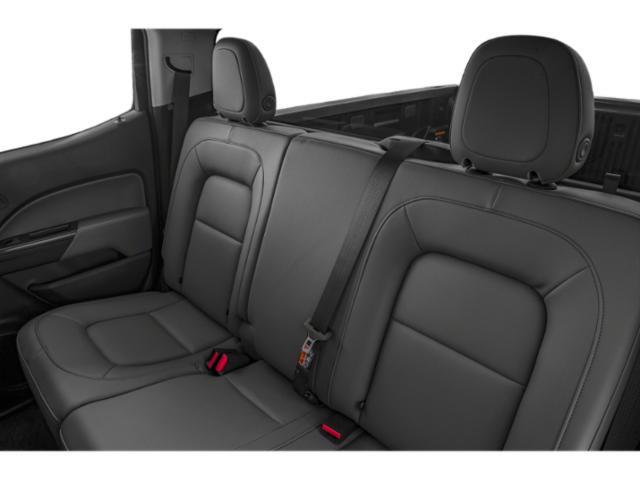

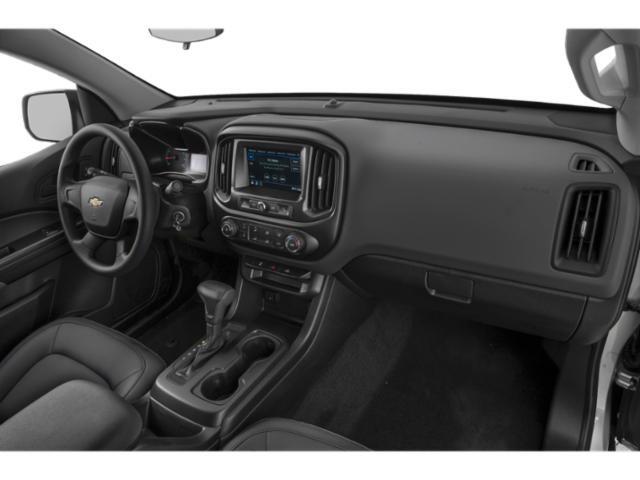













































AutoTrader Review





